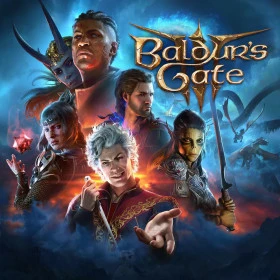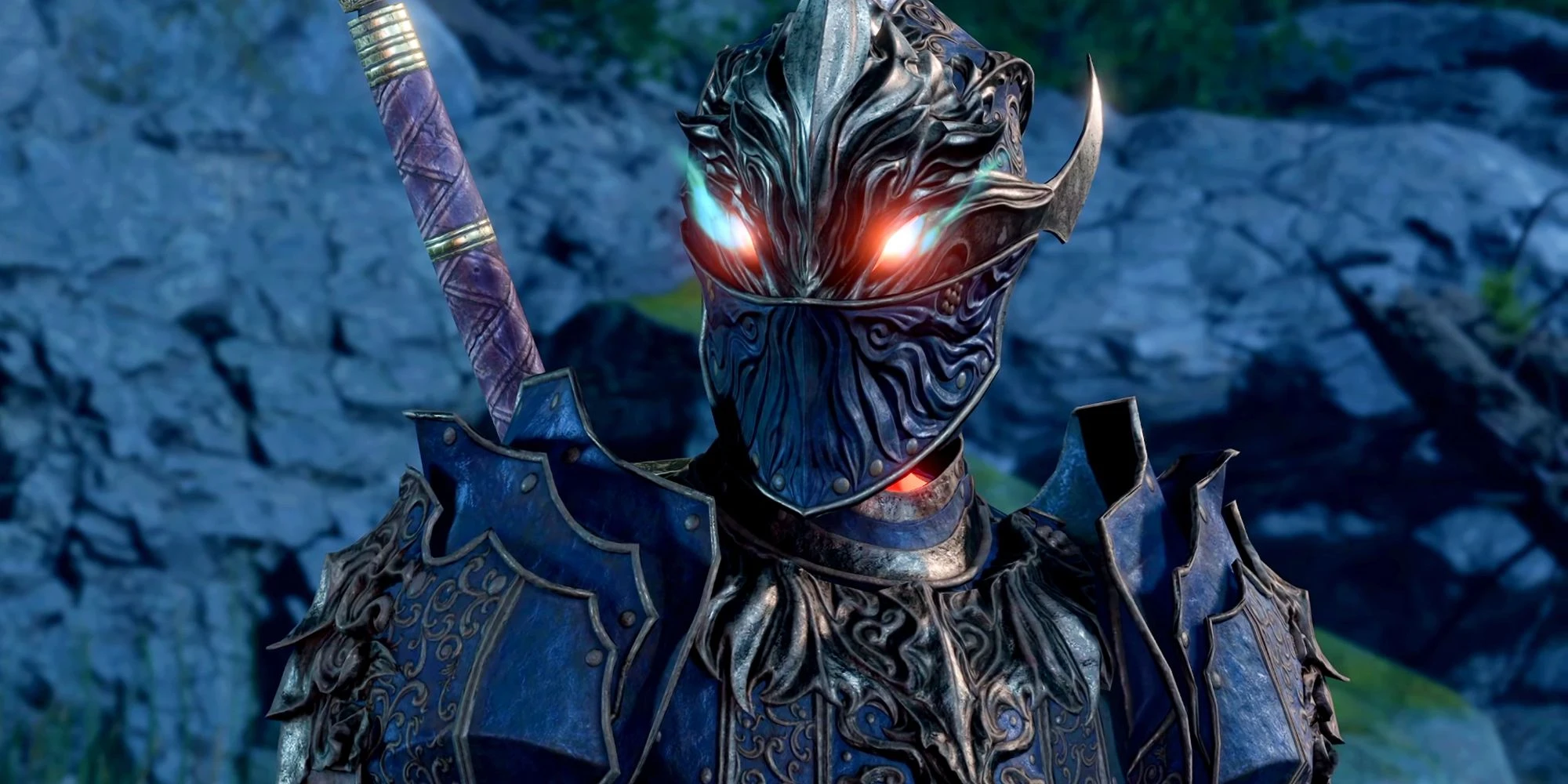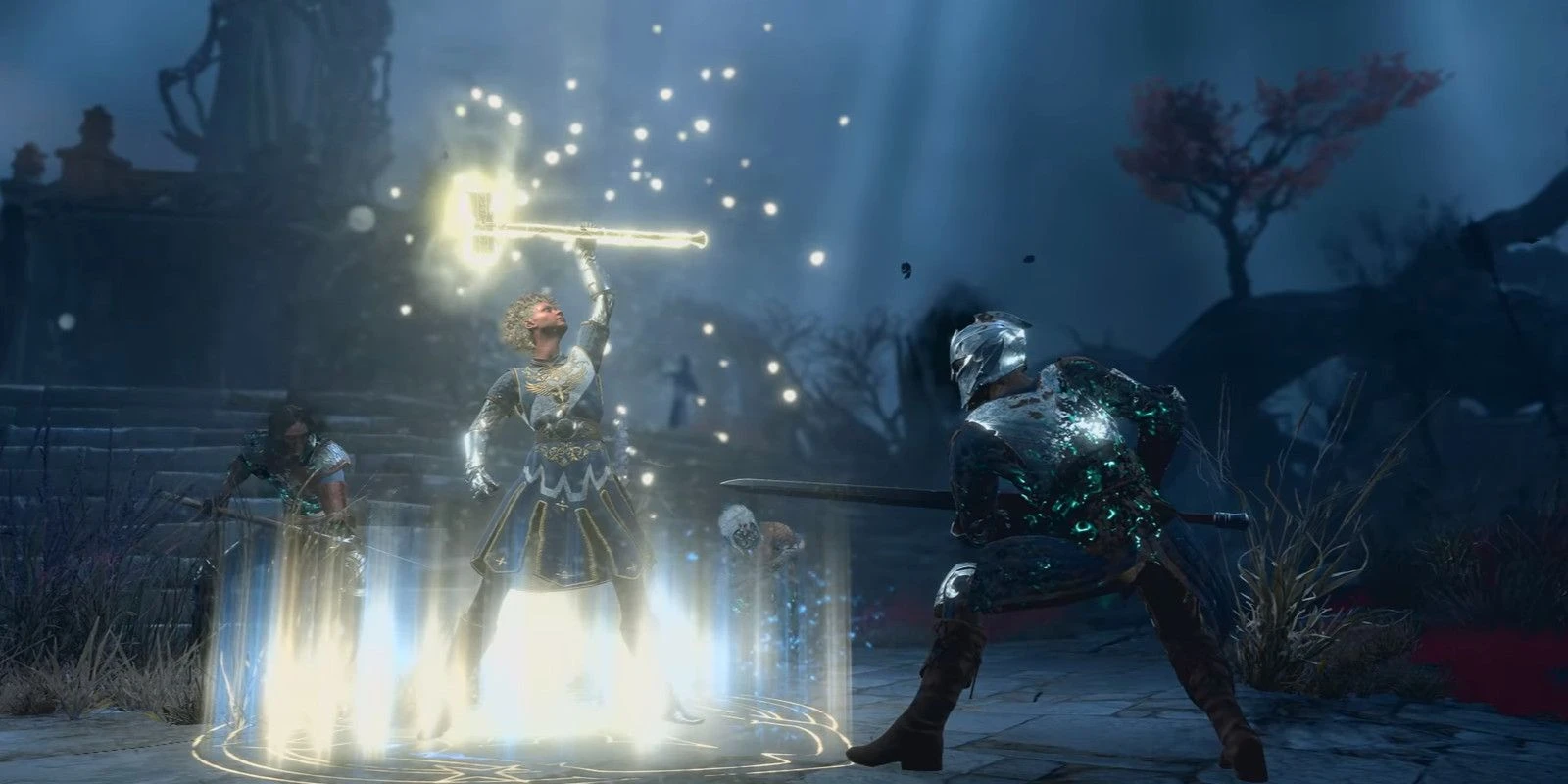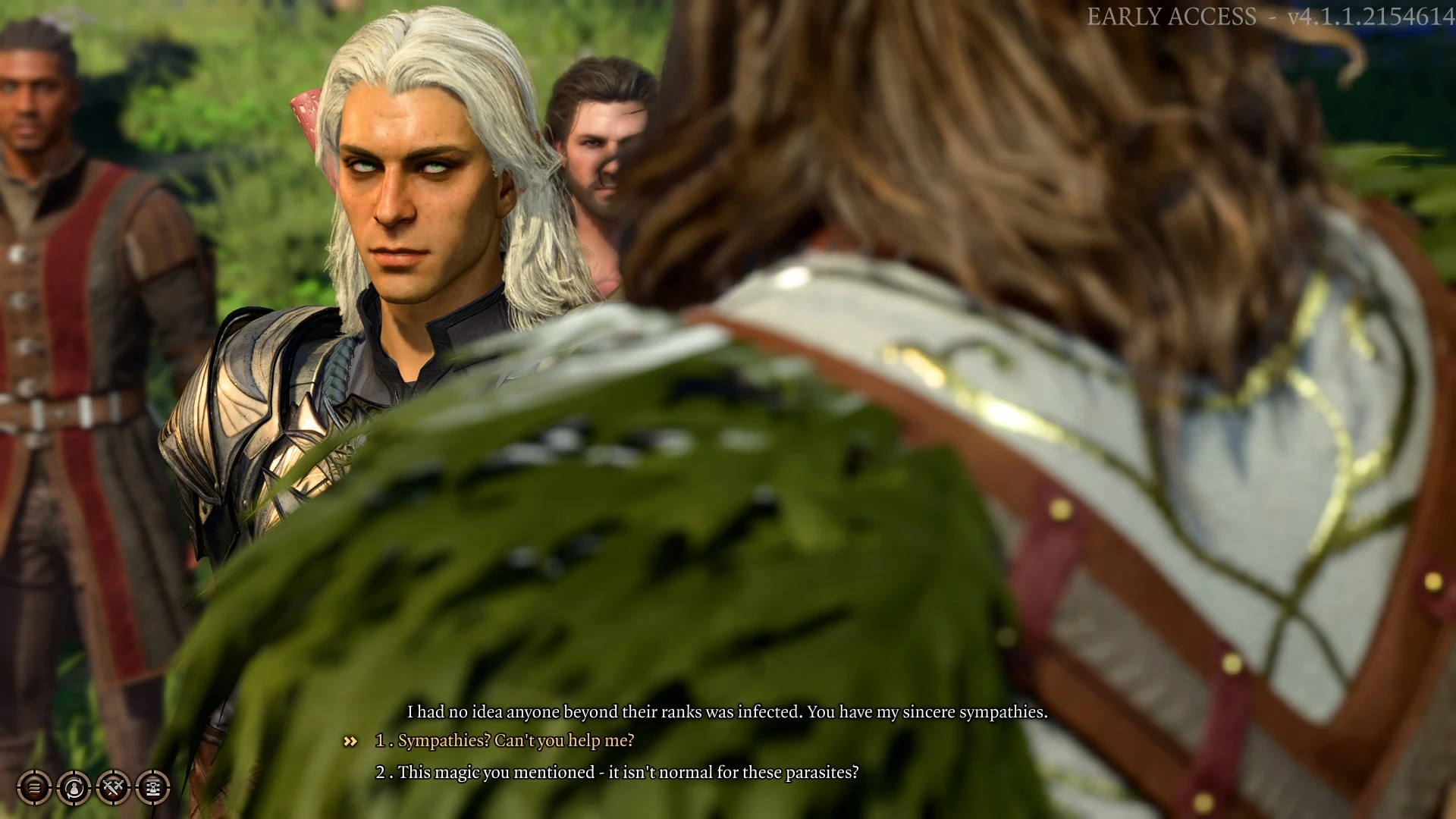The inclusion of the oathbreaker paladin in Baldur's Gate 3 (BG3) introduces an intriguing layer of complexity and depth to the game's roleplaying experience. By diverging from the traditional path of righteousness commonly associated with paladins, the oathbreaker archetype allows players to explore a narrative filled with moral ambiguity and personal redemption, or descent. This flexibility not only enriches the gaming experience but also makes the oathbreaker paladin in BG3 a true game changer, challenging players to reconsider their approach to character building and decision-making within the rich tapestry of Baldur's Gate 3.
This article will delve into the specifics of transitioning into an oathbreaker paladin in BG3, including the mechanics of breaking your oath, the unique abilities and traits that define the archetype, and how these elements necessitate adjustments in gameplay strategy. Additionally, it will explore the immense roleplaying potential and storytelling opportunities that the bg3 oathbreaker paladin presents. Whether questioning if the oathbreaker paladin is good in BG3 for your playstyle, crafting an effective oathbreaker paladin build BG3 can support, or simply fascinated by the narrative possibilities, readers will find comprehensive insights to guide their understanding and mastery of this compelling class option.
How to Break Your Oath in Baldur’s Gate 3
In Baldur's Gate 3, breaking your oath as a Paladin does not inherently mean turning to evil; it signifies a shift in allegiance or belief, allowing you to adopt a new set of principles. Here are some scenarios and actions that can lead to becoming an Oathbreaker Paladin, along with their implications.
Decision Points
Players might encounter situations where they must choose between adhering to their Paladin oath or doing what they believe is right. These decision points are crucial, as they define the path your character will take. For instance:
- Choosing to save someone at the cost of breaking your oath.
- Resolving to act against your oath's commands to follow a personal moral code or greater good.
Each subclass of Paladin has specific actions that can lead to oathbreaking. It's essential to understand your character's oath requirements in Baldur's Gate 3 to navigate these decisions effectively.
Impact of Actions
The consequences of breaking your oath vary depending on the nature of the violation. Here are detailed examples of actions that can lead you to become an Oathbreaker:
- Oath of Devotion: Attacking an innocent person or acting dishonorably, like betraying allies.
- Oath of the Ancients: Harming nature or disrupting the balance, such as killing an owlbear cub.
- Oath of Vengeance: Failing to punish evildoers or making compromises with malevolent forces.
Post-violation, characters might encounter the Oathbreaker Knight in a cutscene, who appears after significant actions like freeing Sazza in Emerald Grove or attacking Lae'zel's captors. This figure can offer insights into the Oathbreaker path and present options to either embrace the new powers associated with this path or to atone and revert to the original oath.
By understanding these decision points and the impact of your actions, players can strategically navigate the complex moral landscape of Baldur's Gate 3, crafting a unique and personalized adventure.
Oathbreaker Abilities and Traits
Oathbreakers in Baldur's Gate 3 redefine the paladin archetype by swapping their holy spells for a set of darker, more aggressive abilities. This transformation not only enhances their role as damage dealers but also aligns them with necromantic powers, allowing them to control and manipulate undead forces.
Necrotic Damage Skills
Central to the Oathbreaker's arsenal are their necrotic damage skills, which allow them to inflict severe damage and control the battlefield. Key spells include:
- Spiteful Suffering: This spell causes targets to take ongoing necrotic damage, and any attacks against the afflicted target have an advantage, making it a strategic choice in combat.
- Inflict Wounds: Starting at level 3, Oathbreakers can cast Inflict Wounds, dealing a base damage of 3-30 necrotic damage. This spell's damage increases significantly with upcasting, turning the Oathbreaker into a formidable opponent in close-quarters combat.
- Animate Dead and Bestow Curse: By level 9, Oathbreakers gain access to Animate Dead, enabling them to summon undead minions, and Bestow Curse, which can debilitate enemies in various ways, including increasing damage taken and reducing attack accuracy.
Controlling Undead
The ability to control undead is a distinctive feature of the Oathbreaker, providing tactical advantages by turning enemies into allies. The key abilities include:
- Control Undead: This action allows Oathbreakers to dominate any lower-level undead, turning them into allies who will attack the Oathbreaker's enemies or follow commands.
- Animate Dead: This spell is particularly synergistic with the Oathbreaker's Aura of Hate, as summoned zombies or skeletons can benefit from increased melee damage, thanks to the Oathbreaker's high Charisma modifier.
The Oathbreaker Paladin's blend of necromantic spells and undead control makes them uniquely equipped for both offensive strategies and support roles, altering the dynamics of group combat and solo encounters. Their abilities not only provide direct combat advantages but also open up new strategic possibilities in controlling the flow of battle and managing enemy forces.
Adapting Your Playstyle as an Oathbreaker
When players assume the role of an Oathbreaker Paladin in Baldur's Gate 3, they must adapt their playstyle to leverage the unique abilities and combat strategies that this subclass offers. The transition from a traditional Paladin to an Oathbreaker demands a strategic overhaul, particularly in combat tactics and companion dynamics.
Combat Strategy Changes
Oathbreaker Paladins excel in delivering massive damage and controlling the battlefield through fear and necrotic effects. A key ability, Dreadful Aspect, provides a significant advantage by causing a 9-meter radius AoE fear effect. Enemies failing a Wisdom saving throw become frightened, suffering disadvantage on attack rolls and ability checks, and cannot willingly approach the caster. This ability is crucial for crowd control, allowing the Oathbreaker to manipulate enemy positions and create opportunities for allies to attack from a distance.
The use of Hellish Rebuke and Spiteful Suffering further enhances the Oathbreaker's combat effectiveness. Hellish Rebuke acts as a reactionary measure, dealing fire damage to attackers, which is particularly useful in melee range where Oathbreakers are frequently targeted. Spiteful Suffering inflicts ongoing necrotic damage over three turns, debilitating enemies gradually and tipping the scales in prolonged encounters.
Companion Dynamics
Adapting to the Oathbreaker's abilities also impacts companion interactions and team dynamics. The Aura of Hate increases melee damage for allies, including undead, based on the Oathbreaker's Charisma modifier. However, this aura only benefits melee attacks, which necessitates thoughtful positioning and strategic planning in combat to maximize its effectiveness.
For companions wielding ranged weapons or those who primarily engage in magic or support roles, the Oathbreaker must adjust tactics to ensure all team members benefit from their leadership and abilities. Coordination with companions who can capitalize on frightened enemies or those who can protect the Oathbreaker while they cast powerful spells is crucial for maintaining combat efficiency and group harmony.
By understanding these strategic shifts and companion dynamics, players can fully harness the potential of the Oathbreaker Paladin, making them a formidable leader and a devastating foe in the dungeons of Baldur's Gate 3.
Roleplay Potential and Storytelling
The Oathbreaker Paladin in Baldur’s Gate 3 opens up a wealth of roleplaying opportunities that allow players to explore a character arc that straddles the line between good and evil. This subclass not only challenges players to redefine their moral compass but also enables them to engage in new types of dialogue and narrative decisions that can significantly alter their journey.
Exploring New Dialogue
Playing as an Oathbreaker Paladin enables access to unique dialogue choices that reflect the complexities of their moral standing. Players can mediate disputes with a perspective that diverges from the typical Paladin archetype, introducing a layer of depth to interactions. This freedom from the traditional Paladin oath allows players to navigate the game world with a new set of principles, influencing other characters and the storyline based on their chosen path of either redemption or further descent into moral ambiguity.
Building Unique Character Narratives
The transition to an Oathbreaker Paladin is accompanied by rich narrative possibilities. Players can craft a backstory that involves significant events leading to the breaking of their sacred oath, such as personal loss or disillusionment with their order’s dogma. This backstory provides a foundation for a complex character who operates in the gray areas of morality. Throughout the game, players can decide whether their Oathbreaker seeks redemption or fully embraces their new path, each choice opening different narrative branches and affecting their interactions with the world and its inhabitants.
The role of an Oathbreaker Paladin in Baldur’s Gate 3 serves as a dynamic catalyst for storytelling, offering players the chance to experience the game through the lens of a character who must navigate the consequences of forsaking their holy vows. Whether embracing the dark powers associated with their new role or striving for redemption, the Oathbreaker Paladin ensures a personalized and evolving gameplay experience.
Conclusion
Through the exploration of the Oathbreaker Paladin in Baldur's Gate 3, we have delved into the mechanics, strategic adjustments, and the rich narrative potential this class offers. The unique blend of necromantic prowess and moral ambiguity not only sets the Oathbreaker Paladin apart from its traditional counterparts but also opens up a complex and engaging role-playing experience. By embracing or challenging the path of moral deviation, players are invited into a deeper contemplation of morality, power, and redemption, enriching their journey in the world of Baldur's Gate 3.
The significance of the Oathbreaker Paladin extends beyond mere gameplay mechanics, casting a profound impact on character building, storytelling, and player strategy. With its potential for both devastation in combat and complexity in narrative outcomes, this class choice encourages players to engage more deeply with the game’s rich lore and their character’s place within it. As adventurers contemplate the consequences of breaking sacred oaths, they unlock new dimensions of gameplay and narrative, cementing the Oathbreaker Paladin's role as a truly game-changing archetype in the annals of Baldur's Gate 3.
FAQs
What makes the Oathbreaker Paladin a strong choice in Baldur's Gate 3?
The Oathbreaker Paladin excels in Baldur's Gate 3 due to its high damage output and its unique ability to control undead creatures. This subclass comes with the Spiteful Suffering ability, which inflicts additional necrotic damage on targets. Furthermore, it passively uses Hellish Rebuke to deal damage, and as the character progresses, it gains access to a variety of spells and skills that enhance its control over the undead.
Which Paladin subclass is the most effective in Baldur's Gate 3?
Upon reaching level 1, players can choose a Paladin subclass. While the Oath of Devotion and Oath of Vengeance subclasses offer strong offensive capabilities, the Oath of the Ancients is generally considered the most versatile and useful. This subclass provides a significant benefit through its Healing Radiance spell, which heals all allies.
Is an Oathbreaker Paladin necessarily evil in Baldur's Gate 3?
No, choosing the Oathbreaker path for your Paladin in Baldur's Gate 3 does not inherently make your character evil. Players have the option to pursue an evil path, but fundamentally, an Oathbreaker Paladin is characterized by their decision to abandon their initial oath to adopt a new set of principles.
What are the consequences of choosing the Oathbreaker path in Baldur's Gate 3?
Upon becoming an Oathbreaker Paladin, your character embraces a path driven by power and ambition, leaving behind their sacred oath. This choice allows you to use a special ability that envelops an enemy in darkness, causing them to suffer necrotic damage equal to 1d4 plus your Charisma modifier each turn. Additionally, all attack rolls against the afflicted enemy have an advantage, leveraging the darkness within you.












Comments